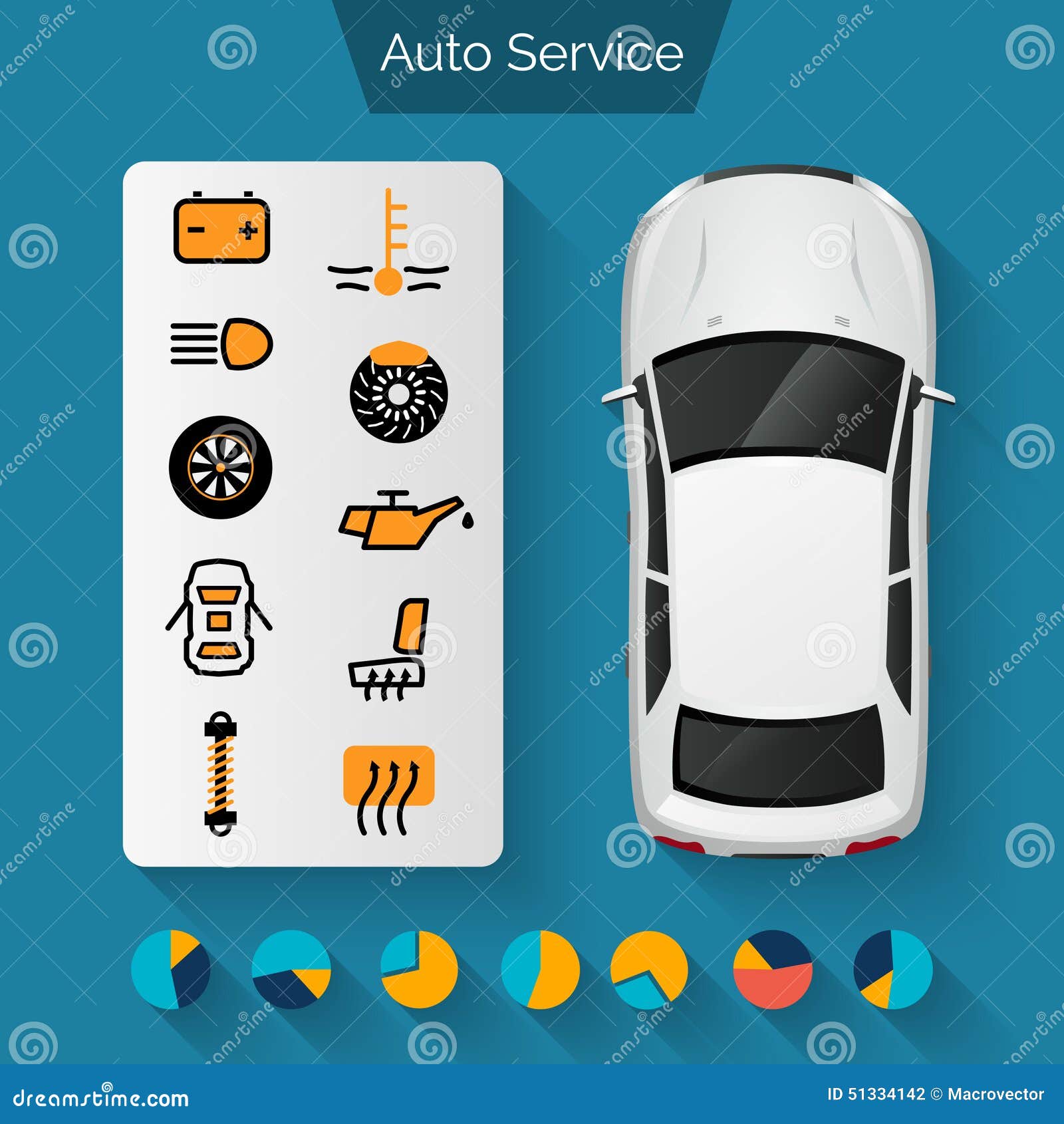When you lag the wheel, those glowing warning lights on your control panel can be a bit difficult. Do detail supply store near me recognize what they're attempting to inform you concerning your vehicle's health and wellness? Recognizing the relevance of these lights is crucial for your safety and the durability of your car. So, the following time one of those lights pops up, would not you wish to decipher its message precisely and take the necessary steps to resolve it?
Common Caution Lights and Interpretations
Identify common caution lights in your car and understand their significances to make sure safe driving.
The most common caution lights include the check engine light, which signifies issues with the engine or exhausts system. If this light comes on, it's important to have your car examined quickly.
The oil pressure warning light indicates low oil pressure, needing prompt interest to prevent engine damages.
A blinking battery light might recommend a defective billing system, possibly leaving you stranded if not resolved.
The tire stress monitoring system (TPMS) light notifies you to low tire stress, impacting lorry stability and gas effectiveness. Ignoring this might cause unsafe driving problems.
The abdominal muscle light shows a trouble with the anti-lock stopping system, jeopardizing your ability to quit rapidly in emergencies.
Last but not least, the coolant temperature level warning light warns of engine overheating, which can lead to extreme damage if not resolved promptly.
Recognizing click the up coming webpage will certainly assist you deal with concerns quickly and maintain safe driving problems.
Value of Prompt Focus
Recognizing the typical warning lights in your vehicle is only the initial step; the value of quickly dealing with these cautions can not be stressed sufficient to guarantee your safety and security when driving.
When a warning light brightens on your control panel, it's your car's way of communicating a possible concern that requires attention. Ignoring these cautions can lead to more serious troubles down the road, compromising your safety and security and potentially costing you a lot more out of commission.
Trigger attention to advising lights can prevent malfunctions and accidents. For example, a flashing check engine light might indicate a misfire that, if left unattended, could trigger damages to the catalytic converter. Addressing this without delay can save you from a pricey repair.
In a similar way, a brake system advising light could signify reduced brake liquid or used brake pads, essential components for your safety and security when driving.
DIY Troubleshooting Tips
If you see a caution light on your control panel, there are a couple of DIY troubleshooting pointers you can attempt prior to seeking specialist aid.
The primary step is to consult your automobile's manual to understand what the certain warning light suggests. Occasionally the issue can be as easy as a loose gas cap activating the check engine light. Tightening the gas cap may resolve the issue.
Another typical problem is a low battery, which can activate different cautioning lights. Examining the battery connections for deterioration and ensuring they're secure could fix the problem.
If a warning light continues, you can attempt resetting it by separating the car's battery for a few minutes and afterwards reconnecting it. Additionally, examining your vehicle's liquid degrees, such as oil, coolant, and brake fluid, can aid fix warning lights connected to these systems.
Verdict
To conclude, recognizing your auto's warning lights is crucial for keeping your car running efficiently and safely. By immediately addressing these signals and recognizing what they imply, you can stay clear of pricey fixings and prospective failures.
Remember to consult your vehicle's handbook for certain details on each advising light and act appropriately to make sure a hassle-free driving experience.
Stay notified, stay risk-free when driving!
